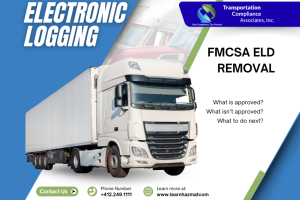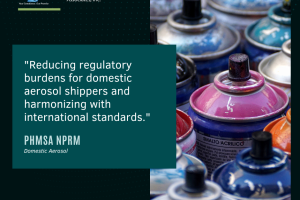To Liquefy or Not? That is The Question.

(CH4) Anyone?
With climate control, going green, and alternative fuel sources making headlines everyday it’s a mystery as to why Liquefied Natural Gas (LNG) is not already being widely transported by rail. If you have asked this question before, I am sure you have heard answers like:
“Regulatory Lag is responsible,†Or “It takes 12 months + to get an accident report, let alone a final rule in place.â€
Even still, there is undoubtedly a demand for LNG as the number of facilities rose 28.7 percent between 2010 to 2018. And during this same time, the total liquid capacity increased by 939 percent due to new LNG export terminals. Clearly there is a demand for greater flexibility in modes of transportation of LNG. So, why haven’t we gotten there yet?
With all things, especially new to the market, risk must be considered. Simply put, there still isn’t enough data on the safe transportation of LNG by rail for some to be at ease. However, we can look to our overseas neighbors and in our very own backyard for some great initial findings and real world daily use. In 2015, Germany-based VTG Aktiengesellschaft (VTG Rail in North America) signed a contract with Norway-based Skangass As to haul LNG by rail. Although, some would say this is a small sample size, the operation involves movement of up to ~1,500 cubic meters of LNG per trip, in up to 20 LNG tank cars which could replace the use of highway tank trucks. Another prime example, is in our own backyard in Florida. Florida East Coast Railway (FEC) has been moving LNG-fueled locomotives since 2017 across 300 miles of track between Jacksonville and Miami. This alone is two years of daily-use operational data, incident reports, and maintenance records. Combine this with what VTG has done since 2015, and there is almost 7 years’ worth of field tested data.
Thankfully, the U.S. Department of Transportation Pipeline and Hazardous Materials Safety Administration (PHMSA), along with the Federal Railroad Administration (FRA) put forth a Notice of Proposed Rulemaking (NPRM) to authorize transportation of LNG by rail in DOT 113 Specification tank cars. You can read more about this in our Tank You Very Much article and much more when you opt-in to our newsletter.
There is an old saying “no risk, no reward.â€
America has always been at the fore front of calculated risk taking and has a legacy of success. I see no reason to stop at LNG transportation. Between the current data we have and BNSFs’ 1982-1987 natural gas research of “the likelihood that no hazard occurs†with five alternative fuel sources (see graphic below), we should be making leaps and bounds to forge a new path into the forefront for LNG transportation.





